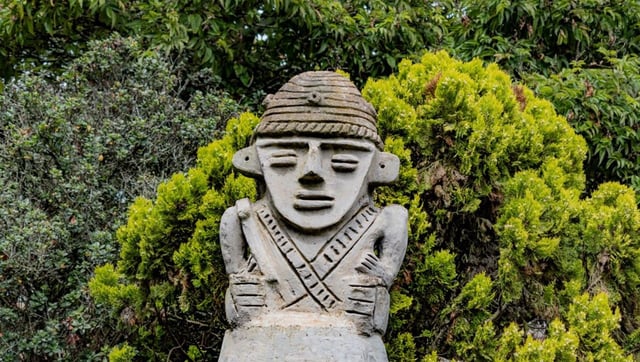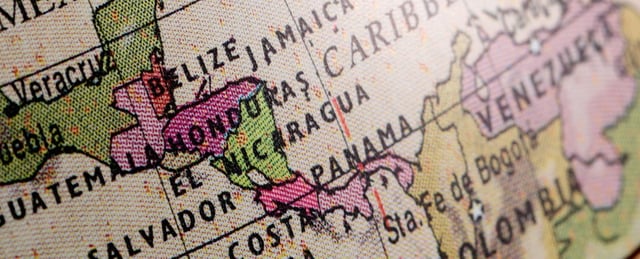Overview
- Genomic data from 21 individuals across five archaeological sites on the Bogotá plateau span nearly 6,000 years of pre-Hispanic history
- Researchers identified a previously unknown hunter-gatherer population living around 6,000 years ago whose DNA vanishes from local genomes by about 2,000 years ago
- A second migration from Central America brought ceramics, maize farming and Chibchan languages, marking a full demographic turnover on the Altiplano
- This complete genetic replacement contrasts with the continuity seen elsewhere in South America and suggests that cultural innovations spread through migration rather than gradual diffusion
- The team worked with the Guardia Indígena Muisca to honor Indigenous knowledge, stressed that genetic ancestry does not define cultural identity and plans further ancient DNA surveys in neighboring regions



